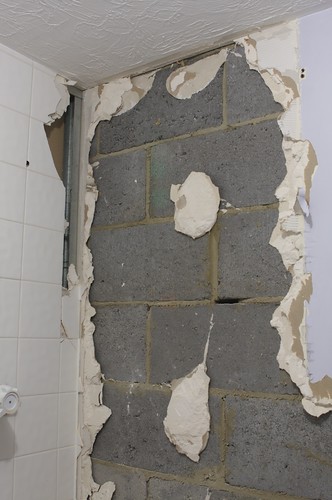Hi
I'm starting renovating our bathroom. My girlfriend is expecting our first baby in April so hoping to finish by then
I've started by removing the wall tiles which damaged the plasterboard. That's not a problem, I can replace that.
We have an artex ceiling which i would like to have skimmed over. Should I get the plasterer in once I've removed all my damaged walls and then replace the walls after the ceiling is done?
Or should I replace the plasterboard and then get the plasterer in?
Or does it make no odds?
Here's a picture

Cheers
I'm starting renovating our bathroom. My girlfriend is expecting our first baby in April so hoping to finish by then
I've started by removing the wall tiles which damaged the plasterboard. That's not a problem, I can replace that.
We have an artex ceiling which i would like to have skimmed over. Should I get the plasterer in once I've removed all my damaged walls and then replace the walls after the ceiling is done?
Or should I replace the plasterboard and then get the plasterer in?
Or does it make no odds?
Here's a picture

Cheers

